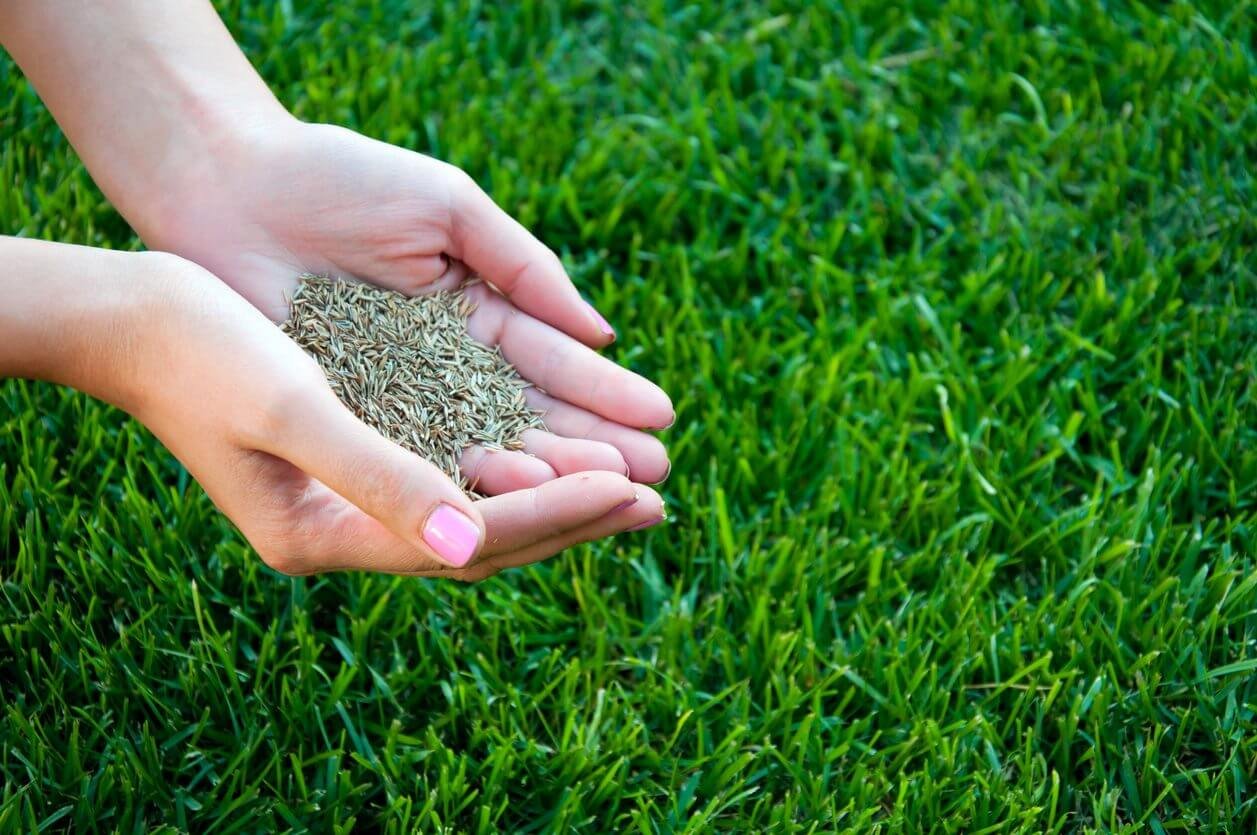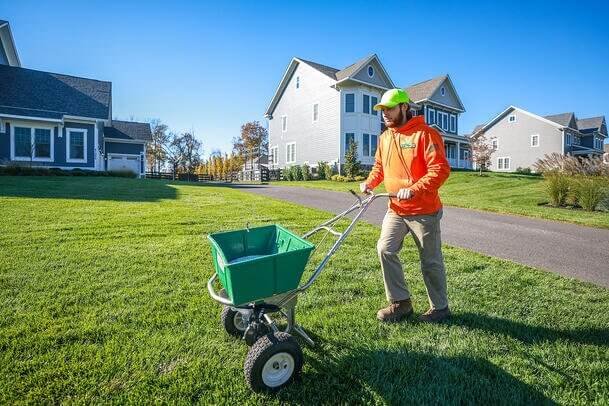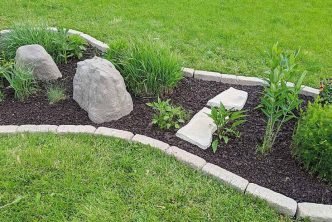Here are some easy measures to follow when seeding lawns to maximise your success and ensure strong, healthy development. There are several reasons why spreading lawn seeds is the superior choice to purchasing and laying turf.
The method is simple, the cost of the grass seeds is lower than the cost of buying turf, a broader variety of fast-growing lawn seed mixtures are available, and because the seeds are secured in containers, you may keep them until the conditions are right to utilise them. On the other hand, turf may degrade if it is not installed quickly. Furthermore, the best time to plant grass seeds is in the middle of spring, though seeds can still germinate in the fall. The ideal conditions include warm soil, good moisture content, and calm weather.
Table of Contents
Choosing your seed mix
Choosing the appropriate seed mixture for your garden is the first step in creating an envious-worthy one. When choosing the best grass seed mix, durability, adaptability, and maintainability are important considerations. The first step is to buy lawn seed of high-quality from a reliable provider. Cheaper brands run the danger of using elements of lower quality, such as agricultural grade grasses, which are better suited for grazing cattle and won’t withstand quick mowing, rather than horticulture grade grasses, which may take longer to sprout but will result in a nicer lawn. In order to attain excellent outcomes, start with a fantastic product.
Advice: The standard choices include general-purpose grass, luxurious lawn, and shady lawn. There are also some fast-growing grass seeds that promise quick germination rates of usually about 5-7 days..
Getting your garden ready
The key to growing the ideal lawn is preparation, as it is with the majority of gardening tasks.
Prior to planting the mix, the surface area must first be cleansed effectively. To the best of your ability, make sure to get rid of all weeds. In this situation, we advise against using residual weed killer because it will stay in the bed and prevent the grass from growing. Use weed killer instead, or pull weeds by hand.
Continue to dig the area and add well-rotted manure or other organic matter, or specific lawn soil, to the seed bed to help it retain moisture. If you are working with exceptionally sandy soil, this is especially crucial. Additionally, to help level the ground, tread the surface and rake where needed. Next, we advise that you rake in Moowy’s long term lawn fertilizer.
If it is possible and there is time, let the soil sit so that the dormant weed seeds can sprout. Use a non-residual weed killer to eliminate this top growth after 10 to 14 days.
When you level the ground again, spread a lawn fertilizer over the top and rake it in. A balanced plant meal guarantees that new grass takes off quickly.
Planting your seeds
When it comes to planting lawn seeds, go to the package instructions for information on the quantity required for your surface area before starting by dividing the area into small plots.
Over the entire surface area, scatter half of the seeds in lengthwise parallel rows. Repeat this procedure with the remaining seed mixture, distributing them in parallel rows of the same width.Rake the entire area one again to make sure the seeds are completely buried.
If the weather is dry over the next two to three days, water sparingly. It should take between seven and ten days for the seed to germinate.

Maintain soil moisture.
Rainfall in the fall and early spring should maintain the soil’s moisture level to promote rapid seed germination and subsequent growth. You might occasionally need to water the soil in the evenings when it’s dry.
Possible issues
- Birds
Where there is seed sowing, birds are an issue. Birds may decide to “dust bathe,” which disturbs the bed. Covering tiny patches of newly seeded ground with netting will help the seeds to germinate and solve this issue.
The solution you require may be bird tape if you are working with a wider region. Alternatively, sow the lawn seeds as a safety measure.
- Weeds
As previously said, the easiest way to prevent grass weeds is to remove them before and during preparation. But there’s always a danger that the fresh grass will develop weeds. Hand removal of weeds is preferred.
Please take note that you should not use selective weed killers on freshly sown grass; refer to the pack for details. Typically, you must wait until your lawn has been established for six months before using weedkiller.
For more information regarding lawn care as well as products for healthy lawn, you can contact us freely.





